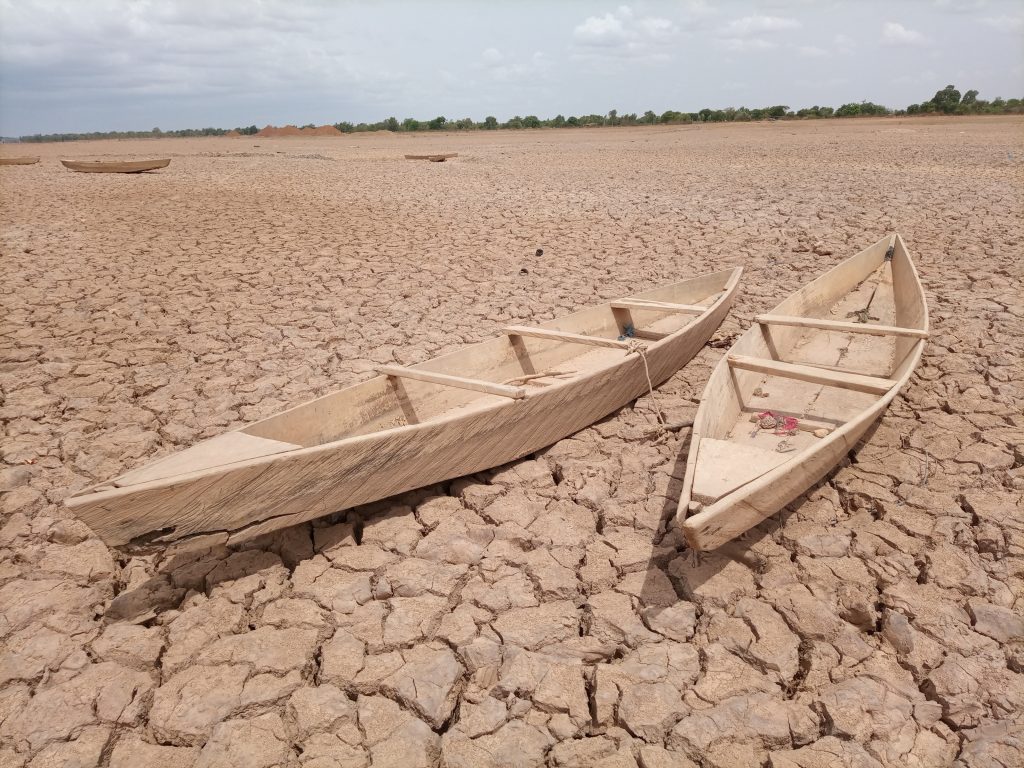
The Intergovernmental Panel on Climate Change (IPCC) has issued their starkest warning to humanity in their new report. The IPCC Sixth Assessment Report states that anthropogenic activities have warmed the planet at an “unprecedented” rate, compared to anything seen over the previous two millennia.
The opening of the report pulls no punches stating that, “It is unequivocal that human influence has warmed the atmosphere, ocean and land. Widespread and rapid changes in the atmosphere, ocean, cryosphere and biosphere have occurred.” The culprit is us. The impacts have been severe so far. The window for action is closing, and has already closed for some impacts.
“Some of the changes already set in motion—such as continued sea level rise—are irreversible over hundreds to thousands of years,” states the press release. Sea level rise could exceed 2-3m in the next 2,000 years, even in a best case scenario whereby we keep temperatures below 1.5C. This was the target agreed at the 2015 Paris climate summit. The bad news is that this target is likely to be surpassed within the next 20 years (we’re already at 1.1C above preindustrial temperatures).
Unless we have rapid transformational change now, we could easily exceed 2C of warming. This kind of global temperature rise brings with it a plethora of major impacts including mass migration, submerged coastlines, crippling droughts, blazing wildfires, and intense rainfall and associated flooding. As Damian Carrington explains in the Guardian, “If emissions do not fall in the next couple of decades, then 3C of heating looks likely – a catastrophe. And if they don’t fall at all, the report says, then we are on track for 4C to 5C, which is apocalypse territory.”
For every additional 1000 GtCO2 released, a 0.27C – 0.63C rise in temperatures can be expected. The Guardian notes that we’ve used up 86% of our carbon budget in regards to preventing a 1.5C rise in temperatures and can only emit “another 400bn tonnes to have a 66% chance of keeping to 1.5C.” UN Climate Change released a statement saying that the report, “Is testimony to the fact that efforts to reduce greenhouse gas emissions over the past decades have been wholly insufficient.”
The IPCC report goes on to state that, “Many changes in the climate system become larger in direct relation to increasing global warming. They include increases in the frequency and intensity of hot extremes, marine heatwaves, and heavy precipitation, agricultural and ecological droughts in some regions, and proportion of intense tropical cyclones, as well as reductions in Arctic sea ice, snow cover and permafrost.”
Extreme rainfall events for example, are set to become more frequent in most parts of the world as the planet continues to warm. The report notes, “Extreme daily precipitation events are projected to intensify by about 7% for each 1°C of global warming.”
If we look at current ambitions, whereby countries submit Nationally Determined Contributions (NDCs) which state each country’s aim to reduce emissions, they are woefully inadequate. According to UN Climate Change, the NDCs “fall far short of what is required by science to limit global temperature increases by the end of the century to 2C, let alone the desired objective of less than 1.5C.”
António Guterres, the UN secretary general, is quoted in the Guardian saying that the IPCC report, “Is a code red for humanity. The alarm bells are deafening, and the evidence is irrefutable: greenhouse gas emissions from fossil fuel burning and deforestation are choking our planet and putting billions of people at immediate risk.”
The report brought together 234 authors from 66 countries, as well as 517 contributing authors. They analysed 14,000 publications to compile the report which has taken more than seven years to produce.
Hope remains if we implement sweeping and rapid transformational changes to reduce emissions and removing existing emissions from the atmosphere. Things like a global green new deal and adopting the Doughnut Economics model proposed by Kate Raworth, are long overdue. But even with rapid reductions of emissions, the climate system could take 20-30 years for temperatures to stabilise.
Attention now shifts to COP26, taking place in Glasgow in November 2021. Here leaders will meet to put forward more ambitious goals for reducing emissions and tackling humanity’s greatest crisis. It is our job as citizens to hold our elected policymakers accountable. For the fate of humanity and the living world depends on them doing their jobs, and turning down the special interests who’ve led them astray for 33 years into the hellhole we now find ourselves in.
List of Reports in AR6 – The IPCCs 6th Assessment Cycle
I’ve covered each of the AR6 assessment cycle reports and my summaries are available here:
- Working Group I – The Physical Science Basis
- Working Group II – Impacts, Adaptation and Vulnerability
- Working Group III – Mitigation of Climate Change
- AR6 Synthesis Report: Climate Change 2023
My debut children’s picture book, Hedgey-A and the Honey Bees, follows the story of a hedgehog who tries to save the bees from pesticide pollution. If you live in the UK, you can purchase a copy from an independent bookstore online here. If you live outside the UK, copies are available from global Amazon stores.